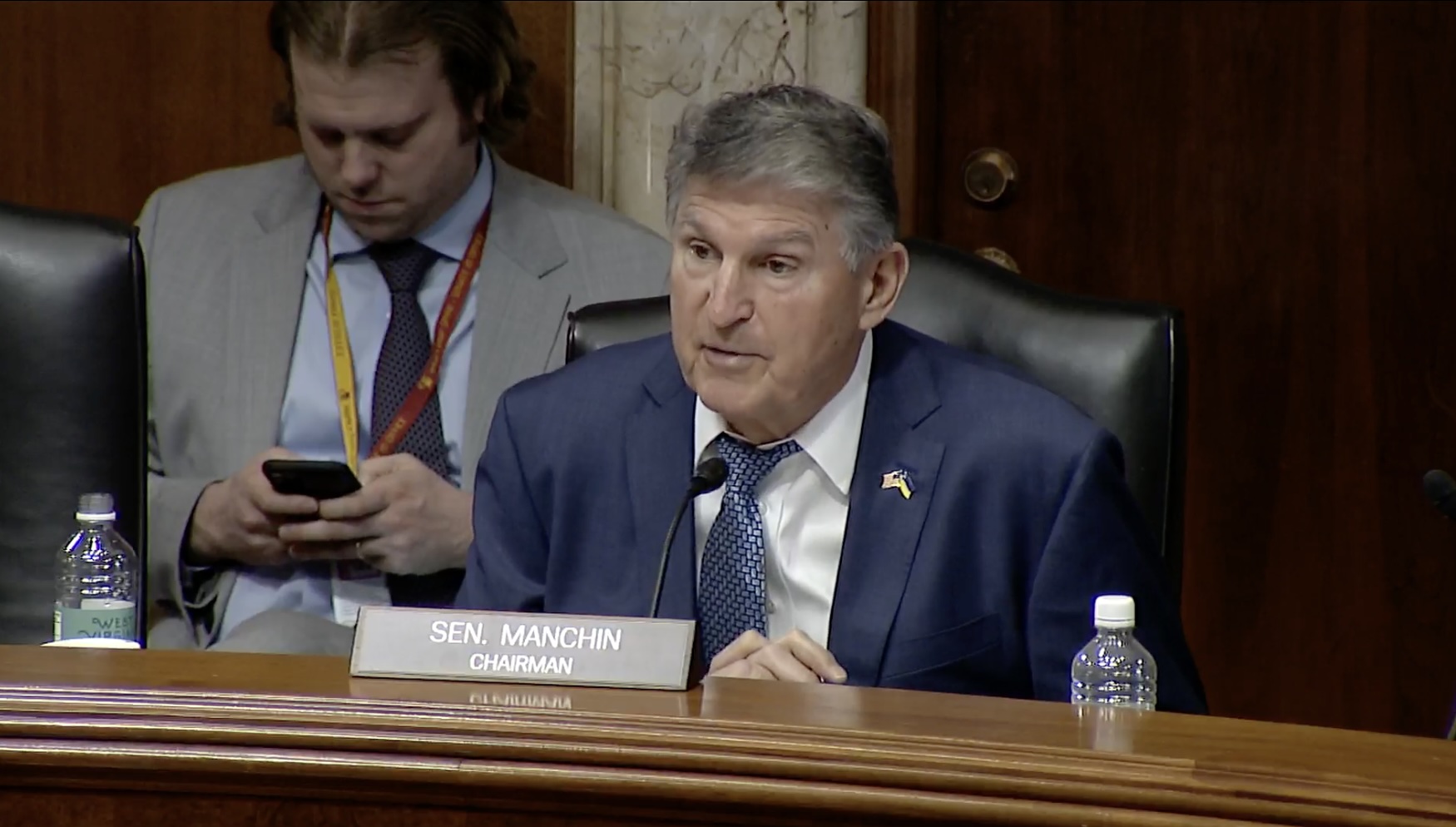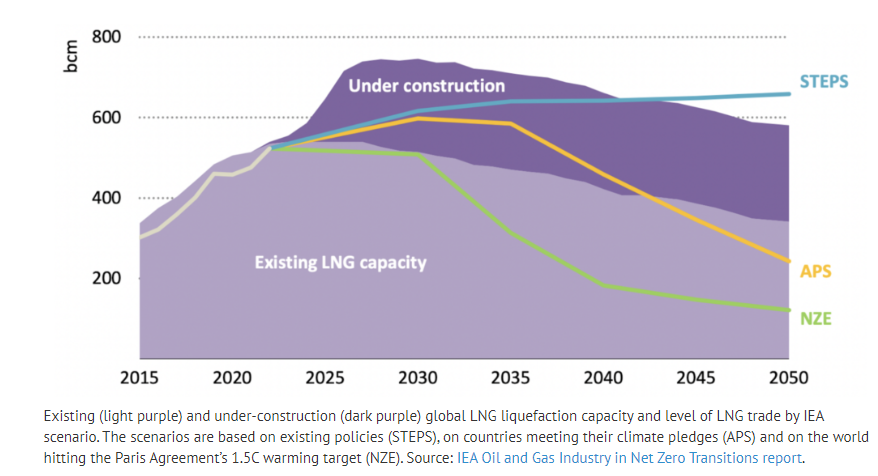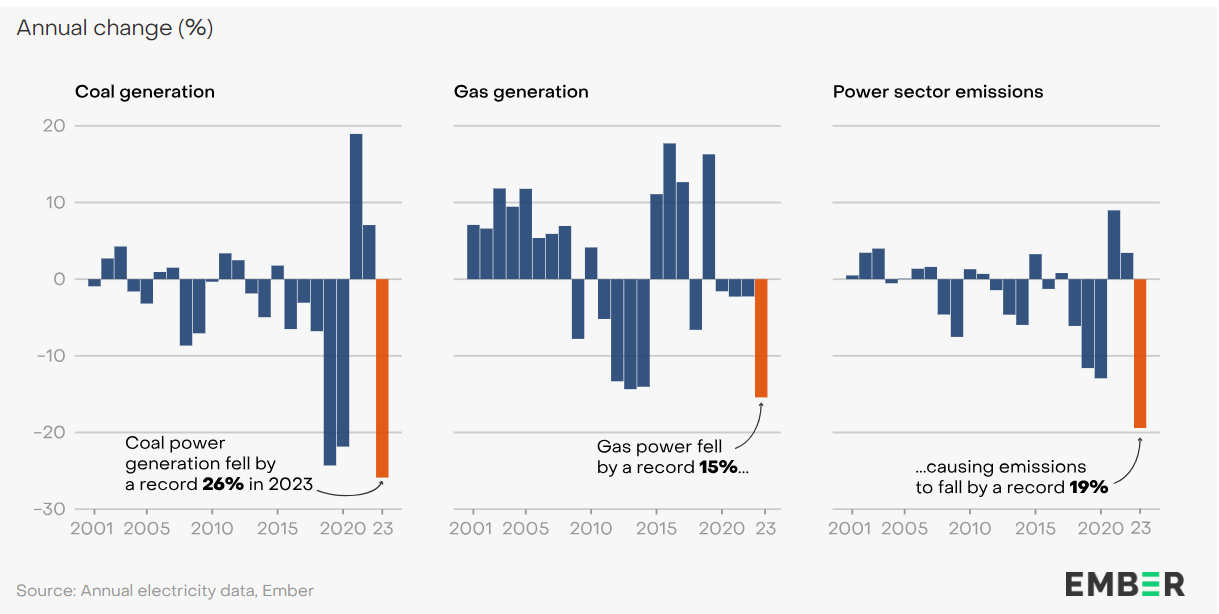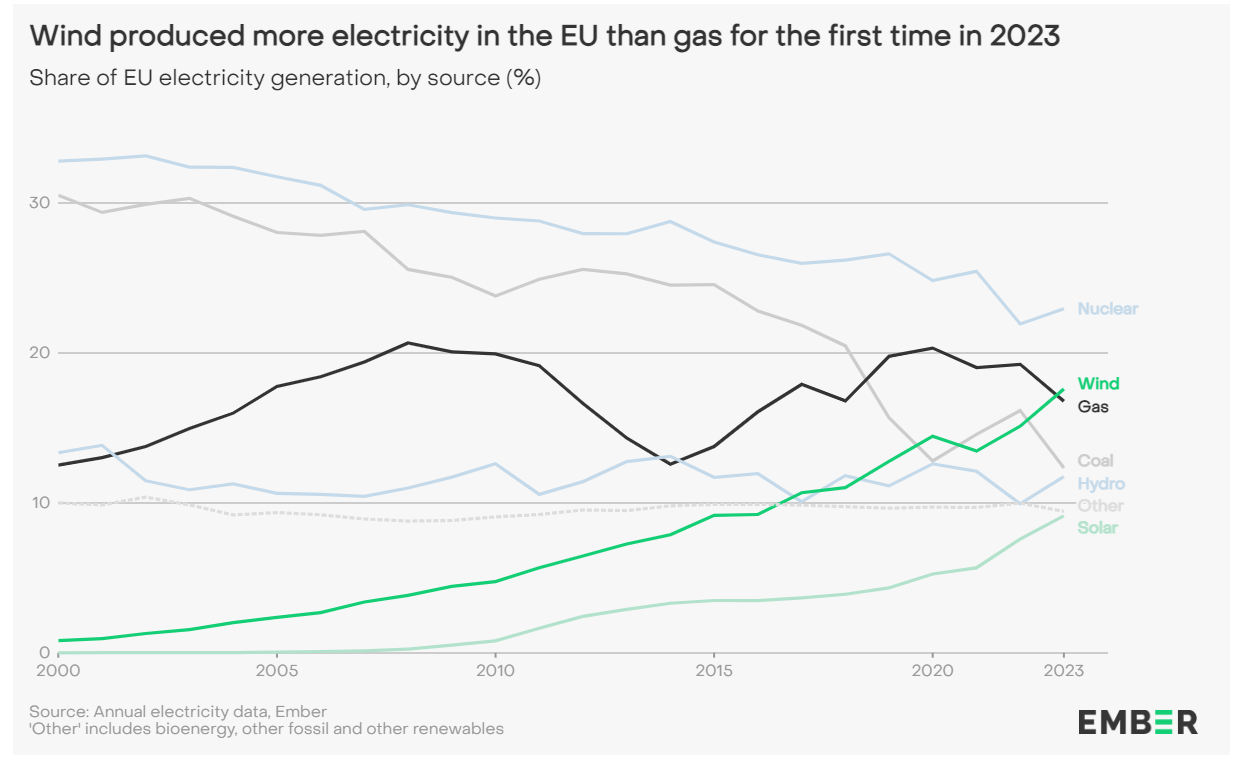
Today, oil company favorite Senator Joe Manchin held an Energy and Natural Resources Committee hearing to attack President Biden’s pause on new LNG export authorizations. Over a dozen climate activists disrupted Senator Manchin’s opening remarks, wearing t-shirts reading “LNG Kills.” The activists, who voiced concern regarding Congress’ willingness to support expanding LNG infrastructure, were arrested. You can watch what happened here.
While Senator Manchin and his allies seem convinced that the world needs limitless US LNG, what’s clear is that this permit pause does not go far enough. LNG exports bring us closer to the climate abyss, and frontline advocates and their allies are sounding the alarm. We need to go beyond a pause to deny federal permits for pending LNG export projects and other fossil fuel projects. Frontline communities and the climate require no less than a full and just phaseout of fossil fuels.
When announcing the pause, the President said there was a need to analyze how future LNG plant expansion will impact climate change and energy security, in addition to health and safety impacts on frontline communities.
While a shift in position on LNG exports was badly needed from the President, this alone will not stop the US LNG export capacity from going well beyond our climate targets. There are two key take-home messages:
-
- The review is only pausing projects that are currently little more than plans on paper. The fact is there is already way more LNG capacity in operation, under construction, and permitted than is safe for the climate. None of these projects are subject to the review. Therefore, the outrage currently being expressed by the industry, Republicans, and Joe Manchin is scaremongering over nothing.
- Europe’s gas demand is in decline, while additional policies to accelerate the ongoing transition away from gas are being considered.
The US is already the world’s largest exporter of dirty LNG. The review does nothing to stop projects already under construction. As Emily Atkin from Heated pointed out: “None of the ten new LNG export facilities that are already approved by the Department of Energy are affected by this decision. So not only will LNG exports continue — they will massively expand.”
This is a serious problem that the administration is currently failing to acknowledge. As the chart below clearly shows, US LNG capacity already operating will need to be phased down by 2050 to align with a 1.5oC emissions scenario (NZE). The capacity currently under construction already tips us toward climate catastrophe. So, while there is yet more capacity already permitted that should not be built, the projects affected by the review just add to this catastrophic overshoot of our climate capacity. It couldn’t be clearer that the action we need to see goes way beyond what the administration is currently proposing.

This overshoot is reinforced by the fact that one of the key destinations for American LNG, Europe, is clearly moving to reduce its demand for gas as it strives to both address climate change and enhance its energy security.
This dynamic is playing out in real-time. Just this week, clean energy think tank Ember released a report on Europe’s power sector. The data shows that the EU’s shift away from fossil fuels toward renewable energy has accelerated dramatically. In 2023, coal power generation in the EU fell by a record 23%, while gas fell by 15%.

This decline in fossil fuel use is being driven by unprecedented growth in renewable energy. In a stunning turnaround, wind energy produced more electricity in the EU in 2023 than gas.

This trend is only likely to continue. Last November, the European Parliament hosted a seminar on LNG and the continent’s current gas needs. IEEFA analyst Ana Maria Jaller-Makarewicz noted that, “The decline in gas demand is challenging the narrative that Europe needs more LNG infrastructure to reach its energy security goals and that “LNG capacity growth is outpacing demand.”
Her conclusion was that, “Gas markets are becoming riskier: gas and LNG prices are increasingly volatile and greatly affected by global factors. The only way the EU can mitigate this risk is by reducing its internal gas consumption.”
So, while Joe Manchin and his industry backers are spreading myths about the permit pause undermining European energy security, it’s clearer than ever that Europe is addressing the issue by moving away from gas faster than ever. This week, the EU outlined how it aims to cut net greenhouse gas pollution by a whopping 90% by 2040. This would be impossible if it locks in additional long-term LNG contracts.
Meanwhile, frontline communities have cautiously welcomed Biden’s announcement, as well as climate campaigners, who recognize that gas is now at the forefront of the climate crisis. The climate, public health, & environmental justice impacts of toxic fossil fuel infrastructure along the U.S. Gulf Coast are substantial and were recently explored in a damning expose by Human Rights Watch.
In the wake of last week's momentous LNG announcement, Gulf South leaders are in D.C. to say thanks Biden, but keep going — STOP GAS EXPORTS! And to the banks still financing LNG… Notice: You’re next ??. NO FRONTLINE LEFT BEHIND! pic.twitter.com/vaTF1QU0Qa
— Texas Campaign for the Environment (@txenvironment) February 1, 2024
Texas climate voters, frontline community champions, and Democratic Party leaders are urging Texas Congressional Democrats to side with them and not MAGA Republicans and polluting profiteers!
1? Good step: Pausing #LNG export approvals pic.twitter.com/ByQVdSfzAm— Progress Texas (@ProgressTX) February 5, 2024
As a recent OCI Twitter thread explains, the current permit pause does not go far enough. So, while Manchin and his industry allies spread tired old myths about America saving the world from Putin and Chinese coal plants, the reality is the energy transition is already moving away from gas faster than most people think. And, if we’re going to have any chance of maintaining the planet’s climate limits, we will need to see much more aggressive action from this administration. That action needs to focus on a phase-out of all fossil fuel exports and protections and reparations for the frontline communities who have already suffered so much at the hands of America’s oil and gas industry.
